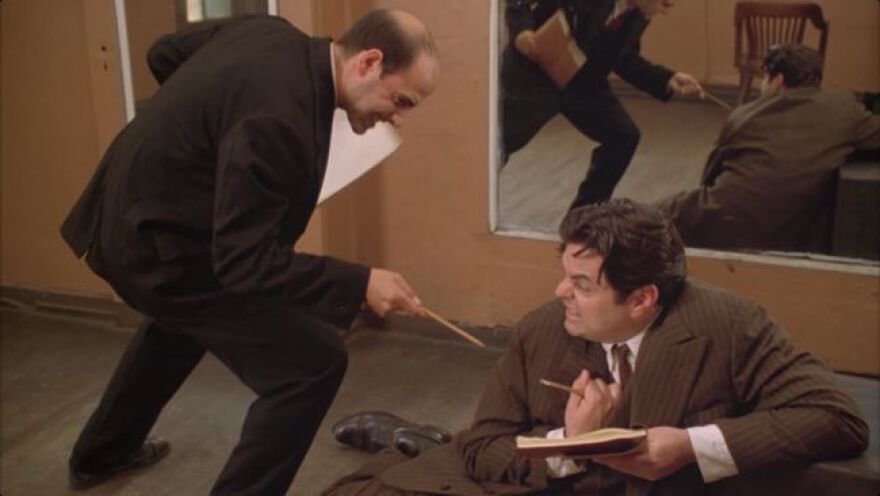Frequently, the word “farce” is used to describe a ridiculous situation that did not end well, such as a political campaign or a sports finals match, but in the theatre world, farce means fast, funny and fun.
The humor is big and broad and often slapstick in its physicality. Farce is built on mistaken identities, misunderstandings, downright deception and outrageous coincidences. Innuendo, double meanings and compromising—or seemingly compromising—situations are the airy ingredients that make this blend of theatre so much fun. Everything happens at high speed, so pay attention—layer upon layer of improbabilities build throughout, and the cumulative effect guarantees a night of laughter.
The farce came forward as its own genre around the 16th century, but Edward Ravenscroft’s rather free adaptation of Moliere’s “The Careless Lovers” in 1673 solidified its place on the English stage. Short farces began to be performed as a way to lift the spirits of the audience after presenting a tragedy.
Today, most audiences will be familiar with the genre through television sitcoms—if you’ve ever enjoyed an episode of "Fawlty Towers," "Frasier" or even "Three’s Company," you know the slammed door conventions of farce.
But we like our theatre live, so if you want an evening of sustained laughter that won’t tax your brain, you can enjoy the lighthearted bedroom farce “Will You Still Love Me in the Morning,” playing at The Kechi Playhouse through August 31st.




